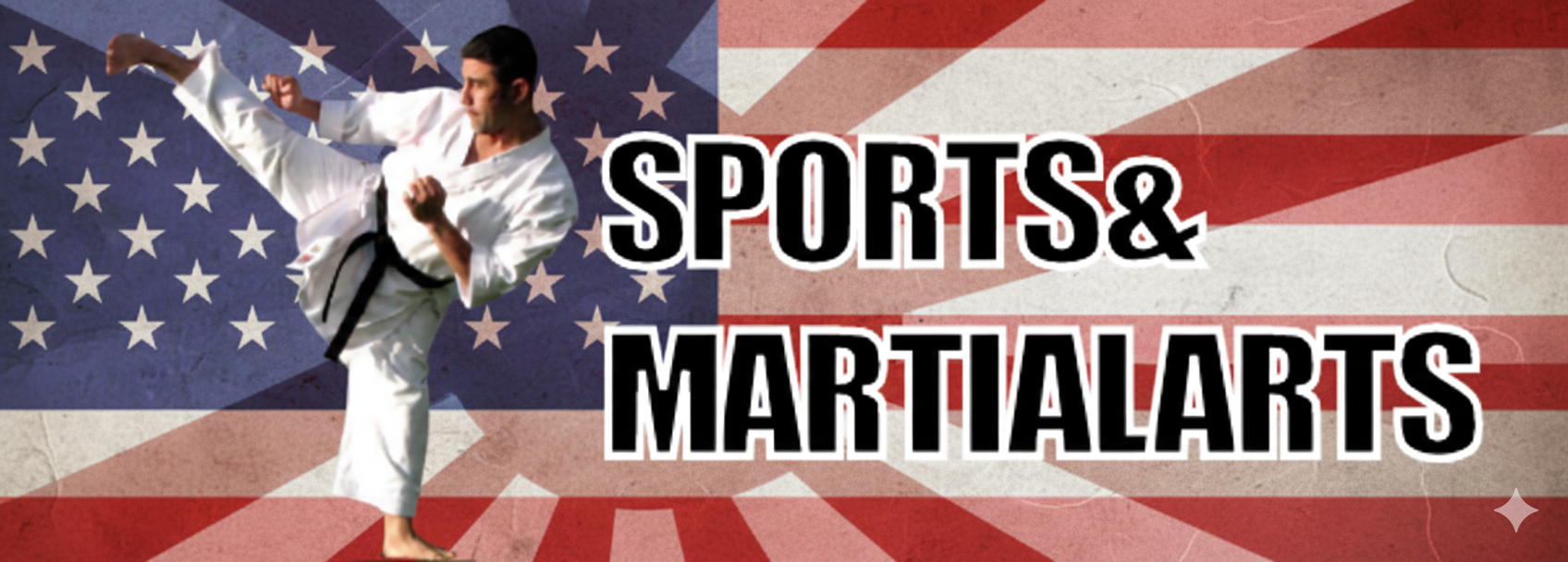Contents
- 1 Standing Toe Touch Stretch – Benefits, Guide, and Variations
- 1.1 Improve Flexibility, Reduce Tension, and Boost Circulation with This Simple Move
- 1.2 What is the Standing Toe Touch?
- 1.3 Benefits of the Standing Toe Touch
- 1.4 How to Do the Standing Toe Touch: Step-by-Step Guide
- 1.5 Recommended Sets and Frequency
- 1.6 Variations to Try
- 1.7 Expert Recommendations
- 1.8 Final Thoughts
- 1.9 Related
Standing Toe Touch Stretch – Benefits, Guide, and Variations
Improve Flexibility, Reduce Tension, and Boost Circulation with This Simple Move
The Standing Toe Touch is a classic stretching exercise that’s been around for generations—and for good reason. It’s simple, effective, and requires no equipment. Whether you’re warming up, cooling down, or just looking for a quick stretch break during the day, this movement can do wonders for your body. In this article, we’ll explore its benefits, how to do it correctly, variations to spice it up, and tips to maximize its effectiveness.
What is the Standing Toe Touch?
The Standing Toe Touch is a dynamic or static stretch where you bend forward from your hips and aim to touch your toes (or ankles) with your hands. It primarily targets the hamstrings, calves, glutes, and lower back, making it a must-have stretch in your daily routine.
Benefits of the Standing Toe Touch
1. Improves Hamstring and Lower Back Flexibility
Regularly practicing the Standing Toe Touch helps lengthen tight hamstrings, calves, and the muscles in the lower back. This increased flexibility improves your range of motion, supports functional movement, and reduces the risk of strains or injuries—especially in the hips and lower spine.
2. Reduces Lower Back Tension
This stretch gently decompresses the spine, making it ideal for people who sit for long hours or suffer from poor posture. By elongating the back muscles and releasing tension along the spine, it provides a natural, non-invasive way to ease lower back discomfort.
3. Enhances Blood Flow and Circulation
The slight inversion of the body during the stretch encourages better circulation to the brain and muscles. Improved blood flow can help reduce fatigue, enhance mental clarity, and support faster muscle recovery post-exercise.
4. Promotes Better Posture
Stretching the posterior chain—including the glutes, hamstrings, and spinal muscles—helps balance the body by counteracting the forward hunch caused by slouching or prolonged desk work. Over time, this contributes to improved posture and spinal alignment.
5. Boosts Athletic Performance and Mobility
Increased flexibility in the legs and hips enhances overall mobility and athletic movement. From running and jumping to martial arts and strength training, looser hamstrings and a more mobile lower body allow for better performance and reduced injury risk.
How to Do the Standing Toe Touch: Step-by-Step Guide
- Stand tall with your feet hip-width apart and arms relaxed at your sides.
- Engage your core and take a deep breath in.
- Exhale and slowly bend forward at the hips (not your waist), keeping your back as straight as possible.
- Let your arms hang down naturally or reach toward your toes, ankles, or shins—wherever your flexibility allows.
- Keep your knees slightly bent if you’re a beginner or feel tightness in the hamstrings.
- Hold the stretch for 15 to 30 seconds, then slowly return to standing.
Recommended Sets and Frequency
- Beginner: 2–3 sets of 15–20 seconds
- Intermediate/Advanced: 3–4 sets of 30 seconds to 1 minute
- Ideal frequency: 4–5 times per week (daily is fine, especially post-exercise or after long sitting periods)
Variations to Try
- Toe Touch with a Twist: After reaching your toes, rotate your torso and reach your right hand toward your left foot. Alternate sides for a dynamic spinal twist.
- Standing Toe Touch with Pulse: Instead of holding the stretch, perform gentle pulses up and down for 15–20 reps to activate your muscles dynamically.
- Toe Touch with Arm Reach: As you stand back up, raise your arms overhead and reach tall, then repeat the forward fold. This creates a full-body flow.
- Elevated Toe Touch: Place your feet on a low step or block to deepen the stretch and challenge your balance.
Expert Recommendations
- Warm up first: Always stretch after light cardio or mobility drills to prevent strain.
- Don’t force the stretch: Overreaching can strain your hamstrings or back. Go as far as your body allows comfortably.
- Breathe deeply: Inhale through the nose, exhale through the mouth to help your body relax into the stretch.
- Stay consistent: Flexibility improves over time. Regular practice yields lasting results.
Final Thoughts
The Standing Toe Touch is more than just a school gym class move—it’s a powerful, accessible stretch that anyone can benefit from. Whether you’re looking to ease back pain, improve flexibility, or enhance your daily movement, this simple stretch can be a game changer. Add it to your routine and feel the difference in how your body moves and recovers.
Follow our Social Media!












